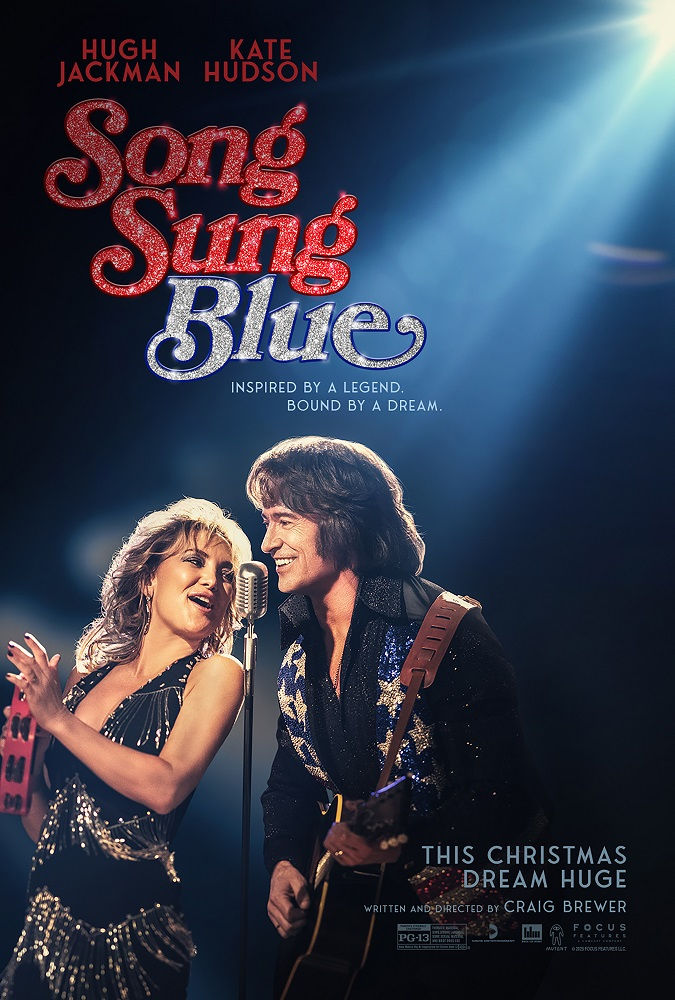The Third Man (A PopEntertainment.com Movie Review)
- PopEntertainment

- Jun 26, 2015
- 4 min read
Updated: Jan 5, 2025

The Third Man
THE THIRD MAN (1949)
Starring Joseph Cotton, Alida Valli, Orson Welles, Trevor Howard, Bernard Lee, Paul Hoerbiger, Ernst Deutsch, Siegfried Breuer, Erich Ponto, Hedwig Bleibtreu and Wilfrid Hyde-White.
Screenplay by Graham Greene.
Directed by Carol Reed.
Distributed by Rialto Pictures/Studio Canal. 104 minutes. Not Rated.
Nearly 30 years on from his death, Orson Welles is remembered as a brilliant writer and director. However, his skill as an actor is not often given as much credit. However, his performance in The Third Man was the best part of a nearly perfect film.
The Third Man is a film noir masterpiece that is in every way deserves its accolades.
The Third Man was one of the rare cases early-ish in his career that Welles came on to a film as an acting gun for hire. The screenplay was by novelist Graham Greene (The Heart of the Matter, The End of the Affair, The Quiet American). The film was directed by prolific British director Carol Reed (Odd Man Out, Oliver!, The Agony & the Ecstacy).
Welles does not even appear onscreen for an hour into The Third Man, but when he does appear it is on one of the legendary reveals in film history. However, in his small role (I’d guess he’s actually on-screen about a half-hour at most) Welles fleshes out arguably the most heart-stopping portrayals of purely greed-driven evil in film history. His character of Harry Lime is charming, debonair, egocentric and completely sociopathic.
The actual star of the film was Welles’ regular co-star Joseph Cotten (they had previously worked together in four films in eight years, with Citizen Kane, The Magnificent Ambersons, Journey Into Fear and Duel in the Sun.)
Cotten plays Holly Martins, a broke, alcoholic second-rate cowboy novelist who arrives in post-World War II-ravaged Vienna to take a job from his mysterious old friend Harry Lime. When he arrives at the man’s apartment, he learns that Harry had been killed in a hit-and-run accident and his funeral was taking place right then.
With nothing else to do, Martins decides to investigate his friend’s death, despite the fact he knows no one in the city and does not speak the language. Soon he is thrown into a rogues’ gallery of local oddballs, including a corrupt local baron (Ernst Deutsch), a gorgeous-but-melancholy actress who loved Lime (Alida Valli, who is called merely Valli in the opening credits), a sketchy friend of Lime’s (Siegfried Breuer), a chatty local arts merchant (Wilfrid Hyde-White), a kindly porter who was the only witness of Lime’s death (Paul Hoerbiger) and a doctor of questionable valor (Erich Ponto).
Martins’ investigation is first met with the consternation of the local police (Trevor Howard and Bernard Lee), but eventually they start to work together as Martins finds that the police were telling the truth that Lime was responsible for some horrific acts. Martins learns there was a mysterious “third man” on the accident scene and eventually – quite by accident – learns that his old friend is still alive. This was done in that classic reveal mentioned earlier, Lime is hiding in the shadows of Vienna, a mere shape in a doorway with a little cat by his feet, when a local woman turns on her apartment light and Lime is caught in the light.
This leads to one of the most famous confrontations in movie history, with Martins and Lime having a chilling conversation on a ferris wheel high above the shattered landscape of Vienna. Lime’s rationalization for evil acts is a classic monologue, and supposedly was the only writing contribution of Welles in the film. Lime tells Holly, “You know what the fellow said: In Italy for 30 years under the Borgias they had warfare, terror, murder and bloodshed, but they produced Michelangelo, Leonardo da Vinci and the Renaissance. In Switzerland they had brotherly love – they had 500 years of democracy and peace, and what did that produce? The cuckoo clock.”
Director Reed fought with the film’s legendary producer David O. Selznick to film in the Austrian city – Selznick wanted to use American sets. Vienna was still a mixture of gorgeous old Europe and bombed-out buildings, contributing to the unique and disorienting look of the film. Reed and Oscar-winning cinematographer Robert Krasker also used shadow, lights and all sorts of weird angles to give the movie its distinctly off-kilter feel, a German expressionist nightmare of sound and vision.
Reed’s insistence on the purity of the story is quite amazing and makes The Third Man a quite unique film from the old Hollywood studio system. Reed does not make a misstep, culminating when he resisted the studio’s strong suggestion that the film have a happy ending, instead leaving the audience with a cynically bleak and yet perfect final shot.
Jay S. Jacobs
Copyright ©2015 PopEntertainment.com. All rights reserved. Posted: June 25, 2015.











Comments